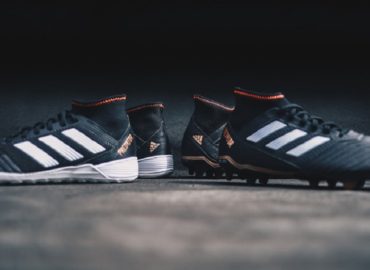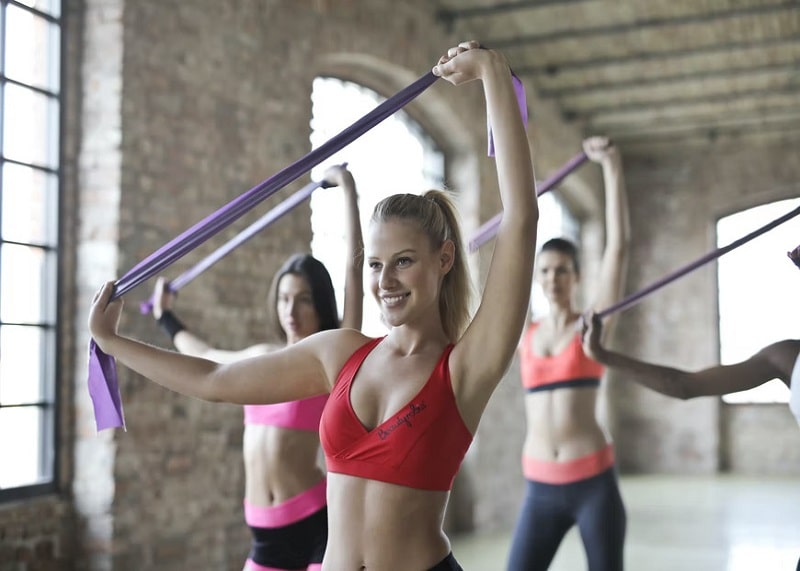Style doesn’t need to be compromised for ladies looking for Best Diabetic Shoes For Women. Being diabetic doesn’t mean you shouldn’t have popular choices about choosing diabetic footwear. At Healthy Feet Store, we offer scores of styles of diabetic shoes for ladies. Whether you are searching for diabetic dress shoes, ladies’ diabetic shoes, or pretty much some other sort of ladies’ diabetic footwear, you can track down the perfect style, size, and shading.
The right pair of shoes can have a major effect with regards to keeping away from diabetes-related foot issues. We requested that podiatrists suggest the best diabetic shoes for women, and we’ve included great options for strolling, travel, exercise, and work.
Furthest points a long way from the heart are first to be impacted by unfortunate course. With regards to diabetes, that can mean difficulty for the feet.
As indicated by podiatrist Dr Mike Rushton, prime supporter and clinical head of forwarding Motion Orthotics in St. George, Utah, there are two essential ways that diabetes influences feet. One is neuropathy, in which individuals experience anything from “odd sensations in the feet, the entire way to no sensation in the feet.” Burning, stinging, or even chilly sensations can happen with neuropathy also.
The second greatest issue is “losing defensive edge,” Rushton says. Somebody with diminished dissemination and sensation could step on an article, causing injury, and not feel a thing. “You won’t begin to see it until you’ve effectively begun to have issues,” he clarifies. What might be a little irritation – say a stone in a shoe – left for a long measure of time can prompt extreme injury. That type of lady needs the best diabetic shoes for women.
Table of Contents
You Might Also Like ⇒
- Best Shoes For Standing All Day
- Best Insoles For Running
- Best Boots For Ranger School
- Best Volleyball Shoes For Women
- Best Volleyball Shoes For Men
- Best Marathon Shoes For Women
- Best Marathon Shoes For Men
- Best Running Shoes For Bad Knees
- Best Running Shoes For Shin Splints
- Best Running Shoes For Narrow Feet
- Best Running Shoes For Shin Splints
- Best Running Shoes For Wide Feet
- Best High Top Running Shoes
- Best Trail Running Shoes For Women
- Best Trail Running Shoes For Men
What Are The Best Diabetic Shoes For Women?
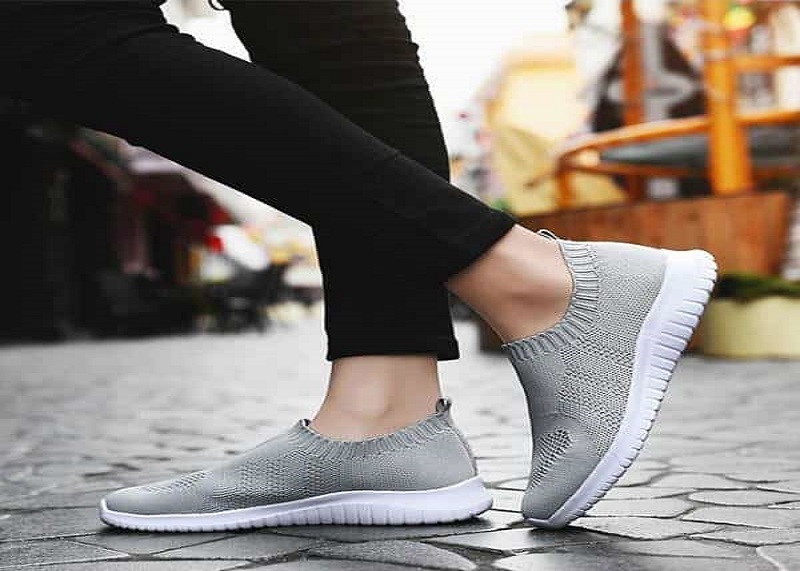
Footwear that is agreeable and defensive is a vital piece of diabetic foot care-wearing some unacceptable shoes can build your gamble for foot wounds and treating skin conditions like rankles, foot ulcers, or contagious diseases. However, the right pair of shoes, joined with great glucose control, will assist with keeping you and your feet protected and sound.
“The best diabetic shoes for women ordinarily have additional profundity and thicker insoles which assist with decreasing grinding and skin breakdown,” clarifies podiatric specialist Rebecca Pruthi, DPM, proprietor of Foot Care of Manhattan in New York City. “The bottoms offer curve help and as a rule form to the foot.”
Many individuals with diabetes experience a kind of harm to the nerves called fringe neuropathy. This can cause a deficiency of sensation in the feet, which can make the advancement of possibly hurtful rankles and calluses less observable. Assuming they go undetected, little wounds can grow into constant injuries that might prompt removals. Accordingly, shoes that diminish this chance are urgent.
One more method for limiting scouring and calluses is to ensure the shoes are adequately wide. “Ladies’ shoes are commonly smaller and tighter than men’s, so ladies need to ensure they pick shoes that are wide,” says Dr Pruthi.
What’s more, whenever the situation allows, a full-shrouded shoe is ideal. “A diabetic won’t know whether she harms her foot,” says board-affirmed podiatric specialist Miguel Cunha, DPM, originator of Gotham Footcare in New York City. “A full-shrouded shoe permits the foot to be safeguarded.” If shut-toed shoes like these aren’t your thing, look at these master-suggested shoes for diabetic ladies.
10 Diabetic Sneakers For Women in 2023
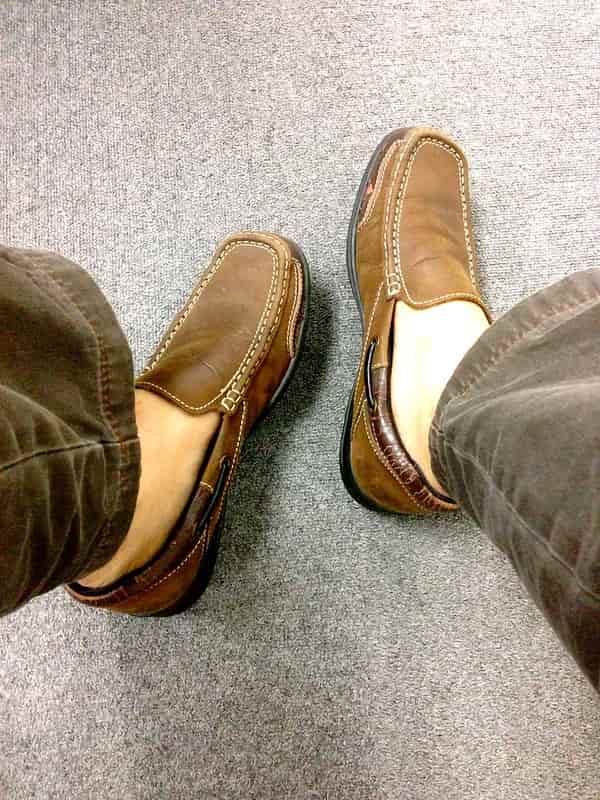
Here is the list of the top 10 Best Diabetic Shoes For Women:
Editor’s Note: We will update this list as more Best Diabetic Shoes For Women hit the market.
Health Benefits of Wearing The Best Women’s Diabetic Shoes
- Expanded bloodstream
- Better stance and soundness to your lower leg/foot
- Decreased agony to your joints
- Lessens tension around nerves in your foot
- More agreeable for those with foot problems or distortions
- Wide determination and styles of diabetic shoes accessible
- Diminishes the gamble of demolishing foot harm happening
What is the difference between normal shoes and the best diabetic shoes for women?
Outwardly your standard ordinary regular shoes most likely don’t look excessively not at all like a couple of extraordinarily made restorative diabetic shoes. Nonetheless, there are a few significant contrasts, for example, the kind of materials utilized, size, shoe stature, the profundity of the shoe, and collar size.
Here’s a list of the main differences between normal shoes and the best diabetic shoes for women.
Ordinary Shoes
- Produced using less expensive materials like manufactured materials, plastics, and elastic.
- Have inward sewing and creases that can rub against your foot.
- Try not to have shock-engrossing padding.
- No extra cushioning around the heel or toe box of the shoe.
- Frequently produced using non-breathable materials.
- Non-customizable to adjust the attack of the shoe to your foot.
- Try not to will more often than not be an exceptionally profound fit.
- Have a strong heel.
Diabetic Shoes
- Produced using regular materials, for example, calfskin that can extend.
- Breathable that won’t trap dampness in your feet and are quick drying.
- Have air pockets and shock retaining padding in the heel.
- Extra cushioning support all through the shoe.
- Crease-free inside to the shoe that won’t rub your feet.
- Have customizable Velcro connections to oblige enlarged toes and feet.
- More extensive more profound fit.
Special Features Are Associated With The Best Shoes For Diabetics
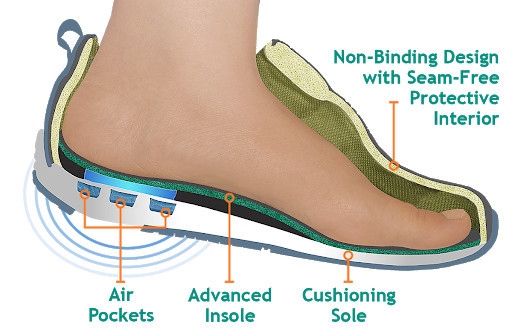
Here are the special features of the best diabetic shoes for women:
- Padding Sole: A lightweight padded underside that upholds the foot giving you added dependability while strolling around.
- Defensive Inside: A crease-free defensive inside is produced using a delicate material that doesn’t make aggravation your impact point, toes, or midfoot.
- Profound Toe-Box: Expanded space around the toe region of the shoe lessens pressure and gives additional space to your toes to move around inside.
- Stretchable Texture: The stretchable texture of the diabetic shoe guarantees that it shapes itself to the forms of your feet and prevents pressure focuses from happening.
- Additional Profundity Plan: Diabetic footwear has an additional room that permits you to add insoles or orthotic embeds, to decrease strain on frequently enlarged feet permitting them to move openly.
- The Material Utilized: The material utilized is vital as it should be adaptable to oblige your feet expanding, a typical condition that many individuals with diabetes endure. Cowhide or a cross-section plan is a decent decision as it can grow and extend.
- Extra-Wide Fit: It is vital that while purchasing diabetic shoes for men that you consider how wide the shoe ought to be. Many individuals with diabetes endure oedema and expanded enlarging to both the feet and lower leg. Shoes with a movable Velcro connection are normal and assist with guaranteeing you throw a tantrum.
- Air Pockets: The padding impact of air pockets diminishes the weight on your joints and guarantees an agreeable heel strike while strolling.
- Orthotic Support: Orthotic insoles are useful in decreasing strain bruises or overabundance of contact on the foot. They assist with offering curve help, especially normal in individuals with overpronation or fallen curves, offering great padding and decreasing strain on the lower part of the foot.
What Are The Signs & Symptoms of Diabetic Feet?
Having diabetes implies that you are at a more serious gamble of creating genuine foot issues, so it’s essential to check your feet routinely and spot those tell stories signs.
- A tingling sensation (deadness) or shivering sensation.
- Misrepresented sensation to contacting things.
- Expanded enlarging in your feet.
- New injuries or wounds that don’t appear to heel.
- Your feet are either freezing or hot.
- A consuming aggravation in your foot.
- Loss of feeling in your feet or legs.
- Cramp in your calves very still or when versatile.
- Loss of hair on your feet and legs.
- The skin on your feet is smooth and sparkling.
- Your feet don’t perspire.
- Loss of feeling in your feet or legs.
- The dull throb in feet.
- Solid foul smell coming from a painful injury.
- Any progressions in the shape or shade of your feet.
- The side effects you experience are frequently more awful around evening time which can prompt a disturbed rest design.
You may likewise encounter muscle shortcomings brought about by harm to your nerves from raised glucose levels. This can make ordinary practical errands, for example, remaining from a seat or bed more troublesome, what’s more, you might encounter co-appointment and equilibrium issues while strolling which can put you at a higher gamble of falling.
Ways To Take Care of Your Diabetic Feet
- Never Stroll Around Shoeless: Assuming that you are in your home generally guarantee you are wearing shoes or the best diabetic shoes for women, as it is so natural to scratch or cut your skin.
- Check Your Feet Day By Day: Continuously review your feet every day for any progressions to them like expanded enlarging, redness, new cuts, rankles or nail issues.
- Always Wear Spotless, Dry Socks: Change your socks every day and attempt to use ones that won’t make your feet sweat, for example, merino fleece, that not exclusively will keep your feet warm, yet will wick dampness away from the skin. Likewise, ensure the socks have additional padding to help your feet.
- Always Really Look At Your Footwear Before Wearing: Diabetes causes nerve harm in your feet which thusly creates diminished uproar and feeling in your feet. Continuously check your shoes or house shoes for free stones, coarseness, or whatever might possibly cut your feet.
- Take Care While Washing Your Feet: It is critical to keep your feet perfectly and best to wash them day by day in tepid water. Wash them utilizing a face fabric or wipe, and rather than scouring them which could make your feet sore, wipe them off taking extraordinary consideration to dry cautiously between your toes.
- Moisturize Your Feet Day By Day: Utilize a delicate cream on your feet to forestall dry broke skin, that if left would lead to demolishing issues for your feet.
- Take Great Consideration of Your Nails: Attempt to keep your nails short however not that short that you could foster ingrowing toenails. Additionally, watch out for them for any indications of fostering a parasitic disease.
- Get Standard Check-Ups of Your Feet: It is generally really smart to get a customary assessment of your feet by your PCP or podiatrist to guarantee you foster no issues.
Frequently Asked Questions:(FAQ).
Q. What Types of Shoes Should You Avoid if You Have Diabetes?
“People living with diabetes should avoid high-heeled shoes, shoes with a narrow toe box, and sandals or open-toed shoes,” explains Dr Cluett. “These types of footwear can cause pressure to be applied abnormally to a focal part of the foot or can allow debris to enter around the foot. Your feet should be checked regularly for the development of any pressure areas or sores, and even subtle abnormalities should be addressed quickly before they become a more significant problem.” Wearing the best diabetic shoes for women.
Dr Kor says another important thing to consider is the weight of the shoe. “If the shoe is too heavy it may cause people to fall, especially if we are talking about elderly patients with neuropathy.” He recommends shoes with Velcro, which allows users to easily control the tightness of the shoe and also aids people struggling with dexterity.
Q. How Often Should You Wear Diabetic Shoes?
According to Dr Kor, “I tell patients that they should not do any prolonged walking, climbing, or standing in their home without a good supportive shoe or sandal. As much as possible patients should wear shoes with socks in the home.”
Q. How Can I Prevent & Alleviate Neuropathy In The Feet?
Along with sturdy shoes, Deena Adimoolam, MD, a spokesperson for the Endocrine Society, says that with good diabetes control, neuropathy can be prevented via taking prescribed diabetes medications and focusing on a healthy lifestyle. People with diabetes should make regular foot exams a top priority. “The most important step in diabetes foot care is performing daily foot exams. Examine your feet daily with a mirror to be aware of any cuts, calluses, etc. If your feet are dry, make sure to moisturize them daily to prevent skin breakdown or breakage. Also, avoid cutting nails too deep, which can lead to cuts and infection.”
CONCLUSION
Most of the common foot problems associated with diabetes in the elderly can be greatly improved by wearing the correct fitting footwear, both in and out of your home. Wearing a supportive fitting shoe makes it easier to maintain a more natural walking pattern, and posture, and prevents unwanted stresses and strains on joints and muscles.
Why Trust Us?
We fully know how tough it is to search for trustworthy shoe advice, & that’s one of the chief reasons we built FootwearCorner. We live for outdoor & indoor adventure, also we take these reviews and guides very sincerely. Here are some of the logic you can trust us:
- Our choices are fully independent & based on personal and market experience.
- We have logged over 10,000 trail miles & test outdoor equipment for a living.
- We own & field test every shoe product we suggest, which is dismally not the norm.
- We visit Industry-Trade shows to hear about future product innovations.
- We regularly update our reviews & guides when the latest products launch.
- We treat our certificates as if they were for our friends & family.
- We are Life-Long learners & we are always open to helpful criticism. If you consider we missed a product or got something incorrect, we would love to hear your feedback.
Disclaimer
“All brand names and images are Registered Trademarks of their respective companies. All manufacturers names, numbers, symbols and descriptions are used for reference purposes only, and it is not implied that any part listed is the product of these manufacturers or approved by any of these manufacturers.”












